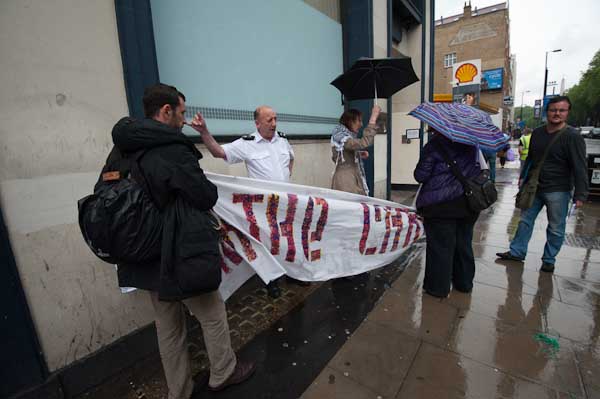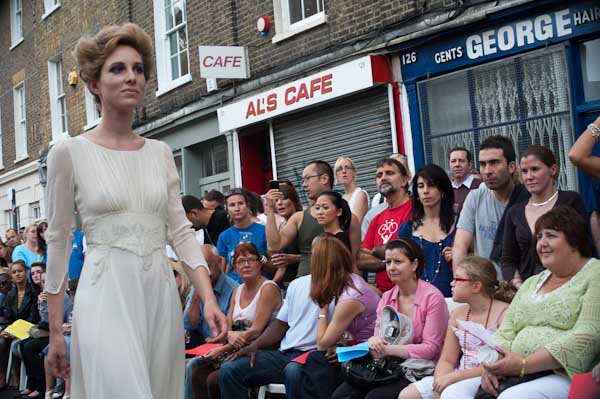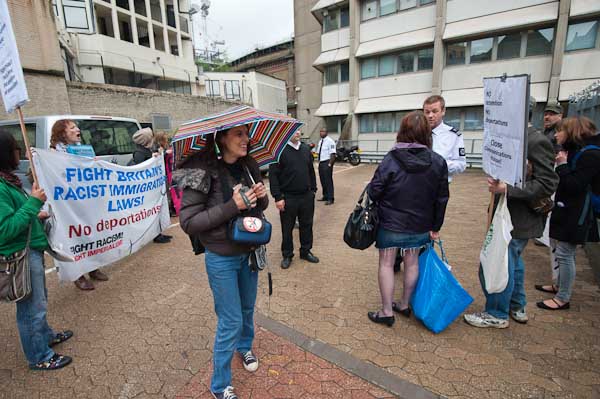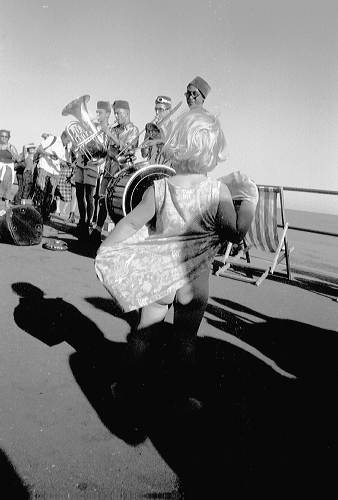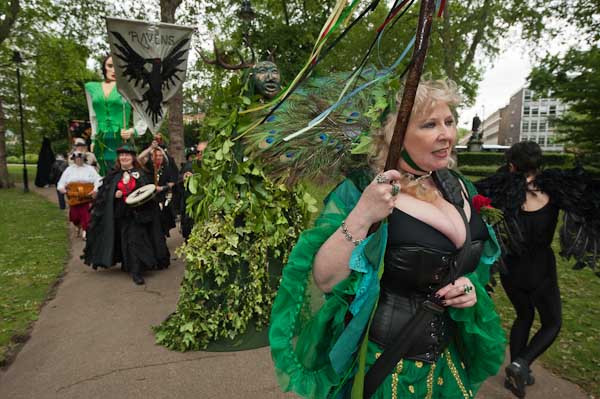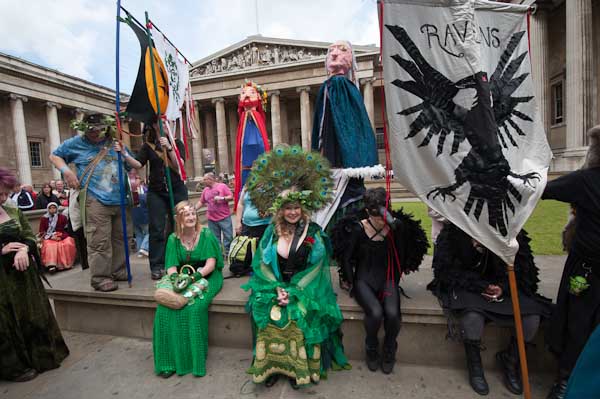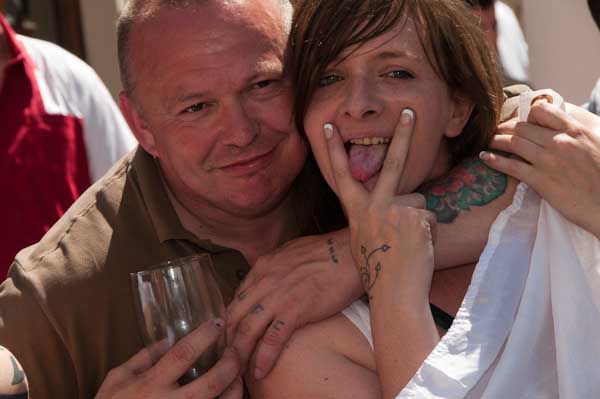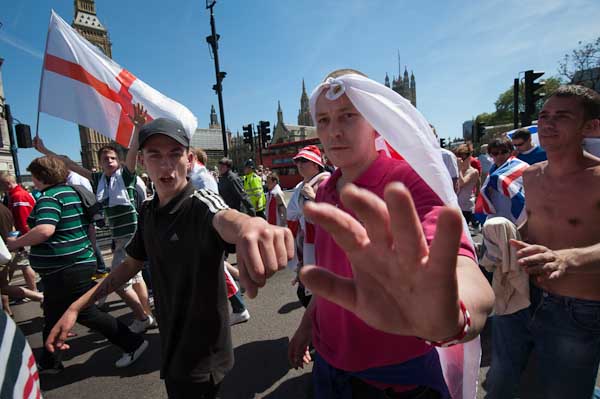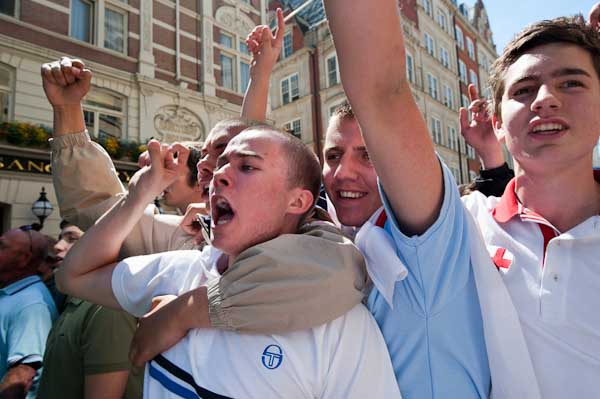Reuters issue guidance to its photographers and journalists in A Brief Guide to Standards, Photoshop and Captions, which has probably become one of the most misunderstood documents on the web. As might be expected, it includes a great deal of very good sense, but although the principles set out in the document are useful and straightforward enough, most people have misinterpreted the intent of the guidelines.
Unless you work for Reuters (or a similar agency) and have the luxury of leaving working on your pictures to the picture desk, they are really nothing to do with how or how much you should work on your own images.
I don’t have anyone to do my work and I don’t like the idea of leaving others to work on my pictures. Back when I used film I preferred to make almost all my prints myself, regarding my input into that as a part of my work as a photographer. I learnt to be a good printer, and certainly a far better printer than anyone I could ever afford to print my work for me; good enough to be asked quite a few times by other photographers if I would print their work, though I always said no.
The Reuters guidelines are there so that photographers who have not been granted greater “Photoshop privileges” don’t mess up their pictures but leave the real jobs to the trained guys on the desk, who photographers are encouraged to ask to do things like “lighten the face, darken the left side, lift the shadows etc.” Too many of those who have commented on them or recommended them simply have failed to realise this (and it’s an easy trap I’ve to some extent fallen in in the past.)
It isn’t in any case sensible to try to lay down rules about exactly how much of this or that tool is permissible, not least because many photographers will use different software and hardware. Trying for example to set down limits for sharpening ignores the very different approaches to in-camera sharpening (even of RAW files) adopted by different camera manufacturers. Even using the Nikon D300 and D700 I find different levels of ‘capture sharpening’ appropriate when importing images into Lightroom.
The key to what is or is not acceptable is always intention, both when taking pictures and when processing them. The three rules that Reuter’s give boil down to respecting the content and journalistic integrity of the image and not doing anything that would mislead the viewer. This is basically all we need to keep in mind and apply.
Photography – at least in the areas of documentary, photojournalism and news – should be about the accuracy and clarity of transmitting information and ideas. Adjustments made to images which are essentially to correct the defects and limitations of lighting conditions, the photographic equipment, photographic skills and process are generally acceptable, while those that seek to alter the scene as perceived by the photographer or to produce graphic derivatives are generally inappropriate for documentary, photo-journalistic or news photography.
Traditionally in black and white photography, printing involved burning and dodging of areas to create an image that expressed more clearly the photographer’s intentions. Some of the best known photographers – Gene Smith being a prime example – at times pushed this perhaps beyond acceptable limits, but it is a degree of control over our work that few photographers would want to relinquish.
One area where it often becomes important is when using direct flash, where the lighting in various areas of a picture can be very unbalanced and some differential correction is often necessary.
What I think might help is to try and lay down some guidelines for photographers, and I’ve made a start on this below by trying to put various things we may do on a kind of spectrum of acceptability – between those things we should always attend to and those that we should never do. Of course there are problems, and sometimes its a matter of degree – almost anything can be taken too far and become unacceptable.
Although some of the vocabulary may be taken from Photoshop, I now see little reason for photographers to use this software other than for one or two very specialised tasks. Lightroom 3 now does more than 99% of what I need that I used to use Photoshop for.
Always appropriate (as necessary)
- dust removal (scratch etc removal from film)
- level adjustment
- colour temperature adjustment
- exposure adjustment
- brightness adjustment
- minor contrast adjustments
- slight cropping
- image rotation
- highlight removal
- image resizing
- image sharpening (best done with suitable plugins rather than Photoshop)
- distortion correction
- noise reduction (Lightroom 3 probably removes the need for specialist software)
- Vignetting reduction/removal
Often appropriate
- Curve adjustment
- Local dodging
- Local burning
- flare removal
- local contrast adjustment
- perspective correction
Sometimes appropriate
- Deliberate blurring/pixellation of detail (eg to hide identity)
Seldom appropriate
- radical cropping
Never appropriate
- Content sensitive fill
- Removal or addition of important image elements
I’m sure there is much I’ve missed out, and this is intended as an initial attempt at a rational discussion of the issues. It does reflect my own practice as a documentary photographer who has worked with both film and digital.
There are some difficult questions to which I have no answer. For example the use of slow shutter speeds to produce blur, sometimes with the addition of flash to produce visually powerful effects has long been accepted as legitimate in these areas of photography, and continues to be so in the digital age. But similar if not identical results can be achieved using suitable software. Personally I find this unacceptable, but find it hard to justify my opinion as to why it matters at which stage of the process this is done.
There are also some – relatively few – special cases where some extreme graphical techniques are appropriate. These generally are so obvious that it is hardly necessary to label them as such.
